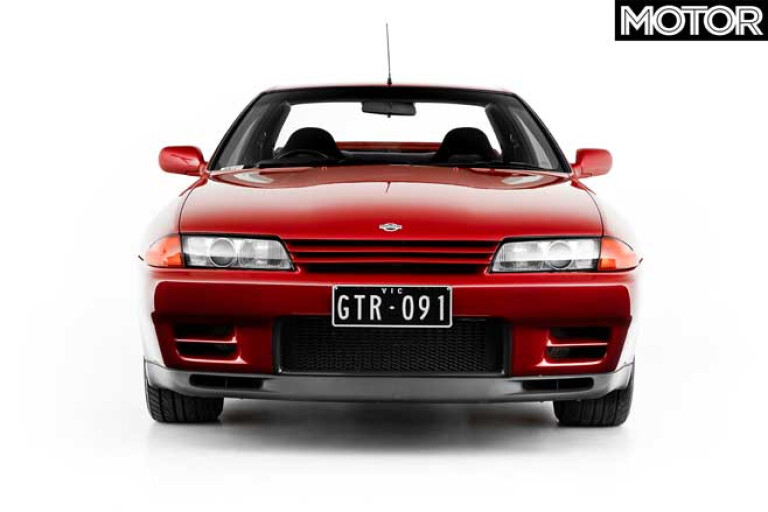
The history of godzilla mirrors the history of Godzilla - the Nissan Skyline GT-R.
The earliest incarnation of Godzilla emerged from the Japanese Skyline a decade after the earliest incarnation of Godzilla stomped all over the Japanese skyline. Both were distillations of twin Japanese passions – science fiction and science fact.

One Godzilla was a post-WW2 mutant that would go on to become a legend, the other a post-WW2 mutant that would go on to become a legend. And back then, neither was even called Godzilla, but the evolution into the king of the monsters had begun.
Those early Godzillas were sophisticated for their day, and still possess a retro-futuristic coolness that turns heads today. But they have aboutas much in common with the Godzilla we know today as a 300-metre CGI megafauna has in common with a man in a rubber suit kicking over cardboard buildings.
The Godzilla that made the rest of the world sit up and scream in terror came decades later, when technology finally caught up to its creators’ ambitions. In 1989, Godzilla shocked motoring critics with its brutal speed, driven by astonishing new technology, and enraged onlookers – or a pack of arseholes, depending on who you ask – in Bathurst, who were somehow affronted that the fastest car should win. And in 1998, Godzilla shocked movie critics with its brutal unrelenting boneheadedness, driven by astonishing new CGI.

Both Godzillas were at the technological cutting edge of their time, and shifted the whole game downfield when the rest of the world realised how far behind they really were. But what we didn’t know at the time was that Godzilla was also at the cutting edge of another modern trend: the reboot.
Think back, back into the mists of time, way back into the distant memories of 2007. The first generation iPhone was released. YouTube was only a year old. Facebook had only just become open to the general public. And the R35 GT-R was unveiled, a demented sci-fi hypermobile that blew minds with its face-melting high-tech all-paw performance.
Nissan was the king of the world. Who knew what technological wizardry they were going to come up with next? We all waited agog for the next magic trick to emerge from behind the Nismo curtain. Turns out it was… the R35 again, with slightly different stuff attached.

Then the R35 again, with other different stuff. Then the R35 again, and now – the R35 again.
It feels a bit like the planning meetings in the backrooms of Legendary Pictures. “We did Batman, right? Then Godzilla. Those were great. Next up, Batman again. Then Godzilla again. Then another Godzilla, then another Batman, then Godzilla – can we do Godzilla versus Batman? Get the lawyers on the phone, ask if Batman can fight Godzilla.”
Now both Godzillas are being rebooted again, one fighting King Kong, the other with new turbochargers and a carbon fibre roof. And of course it’s amazing. It’s amazing because it was always amazing, and the Nismo wonks have spread a little extra amazing on top, like adding chocolate icing to a larger bowl of chocolate icing.

But it’s the same amazing. And call me spoiled, but it feels a little bit like a shelf full of Readers Digests in the age of Twitter. It might be great stuff, but it’s not new great stuff. And after 12 long years, even the sharpest katana will have lost some of its cutting edge.
Sure, the venerable beast has shed some weight, about on par with Matt Preston wearing a thinner cravat. And the engineers have tweaked the old girl to keep her fresh. But 2007 wasn’t about tweaking. That was about the mind-blowing new. I miss that, in this age of endless reboots. The Lion King. The Jungle Book. Ghostbusters. Robocop. Roseanne. Hellboy. Godzilla. And Godzilla, and Godzilla, and Godzilla. It’s time for evolution to make another leap.

COMMENTS